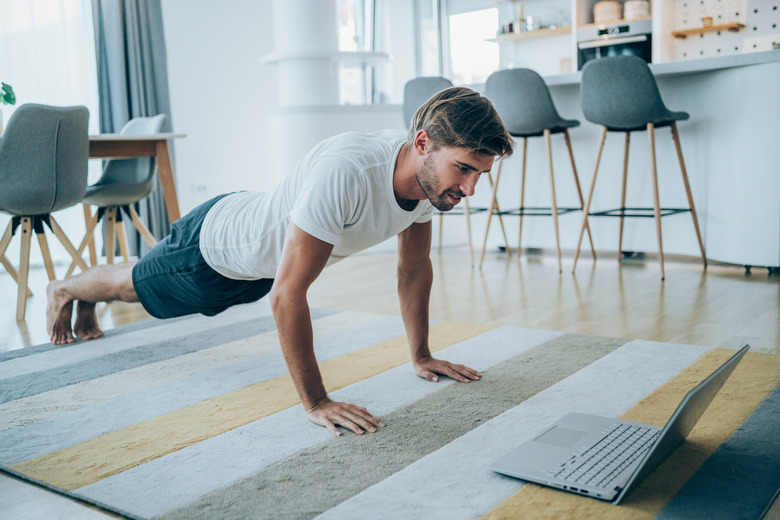What Is An Easy Way To Remember Muscles In The Human Body?
There are over 600 muscles in the human body and there is no single best way to remember them all. In anatomy and physiology class, students are often advised to remember muscles by size, shape, location and function. Some muscles also have nick-names or mnemonic devices that make memorization easier. Add to that the fact that everyone learns and remembers things differently and, ultimately, the easiest way to remember the muscles is the way that works best for the individual.
Size, Shape, Location and Function
Size, Shape, Location and Function
Almost every muscle in the body uses one of these factors in its name. For instance, biceps femoris uses both the shape and location of the muscle–letting us know that it has two heads and is on the femur. Quadratus lumborum is square ("quadratus") and in the lumbar region of the back (lumborum). The pronator quadratus is a square muscle that turns the arm palm down (pronation). For many of the muscles, their names tell you what and where they are, and what they do. For people with an aptitude for languages, this method of memorization is very effective.
Assign Nick-Names
Assign Nick-Names
The supraspinatus muscle has one major function, to extend the arm sideways approximately six inches — which is about the same distance one would hold a suitcase. For this reason, the supraspinatus is also called "the suitcase muscle." In other circles, it's called the "suitcase-spinatus." And while that may sound silly, it links the name of the muscle with its location and function, making it easier to remember. Some muscles, like the supraspinatus, already have nick names but anyone can assign an alternate name to any muscle as a memory aid. All is fair when studying for an exam–just make sure to enter the actual name on the test.
Use Mnemonic Devices
Use Mnemonic Devices
ILS is a common acronym for the erector spinae muscle group–Illiocostalis, longissimus and spinalis. ILS is often memorized as "I Love Sex"–although any words beginning in ILS will do. However, "I Love Sex" is just naughty enough to catch the attention and jog the memory–and it's fun to say. The only problem with mnemonic devices is that students have to remember the device and what the letters actually stand for. Still, the whole point of a mnemonic device is to jog the memory in the right direction.
Get Hands-On
Get Hands-On
One of the great things about anatomy is that it's more than just a bunch of pictures on a page. Anatomy is a science about which everyone has intimate knowledge because everyone has a body. Students can get to know themselves (or their classmates) very well by observing and palpating the muscles on themselves and others. This often works well for massage therapy students–who have to touch each other as part of their coursework. But students in other disciplines can benefit from some hands-on exploration. So, find some good, water soluble, markers and have fun labeling and outlining the muscles.
References
Cite This Article
MLA
Michelle, Julia. "What Is An Easy Way To Remember Muscles In The Human Body?" sciencing.com, https://www.sciencing.com/what-is-an-easy-way-to-remember-muscles-in-the-human-body-12741807/. 17 July 2009.
APA
Michelle, Julia. (2009, July 17). What Is An Easy Way To Remember Muscles In The Human Body?. sciencing.com. Retrieved from https://www.sciencing.com/what-is-an-easy-way-to-remember-muscles-in-the-human-body-12741807/
Chicago
Michelle, Julia. What Is An Easy Way To Remember Muscles In The Human Body? last modified March 24, 2022. https://www.sciencing.com/what-is-an-easy-way-to-remember-muscles-in-the-human-body-12741807/
